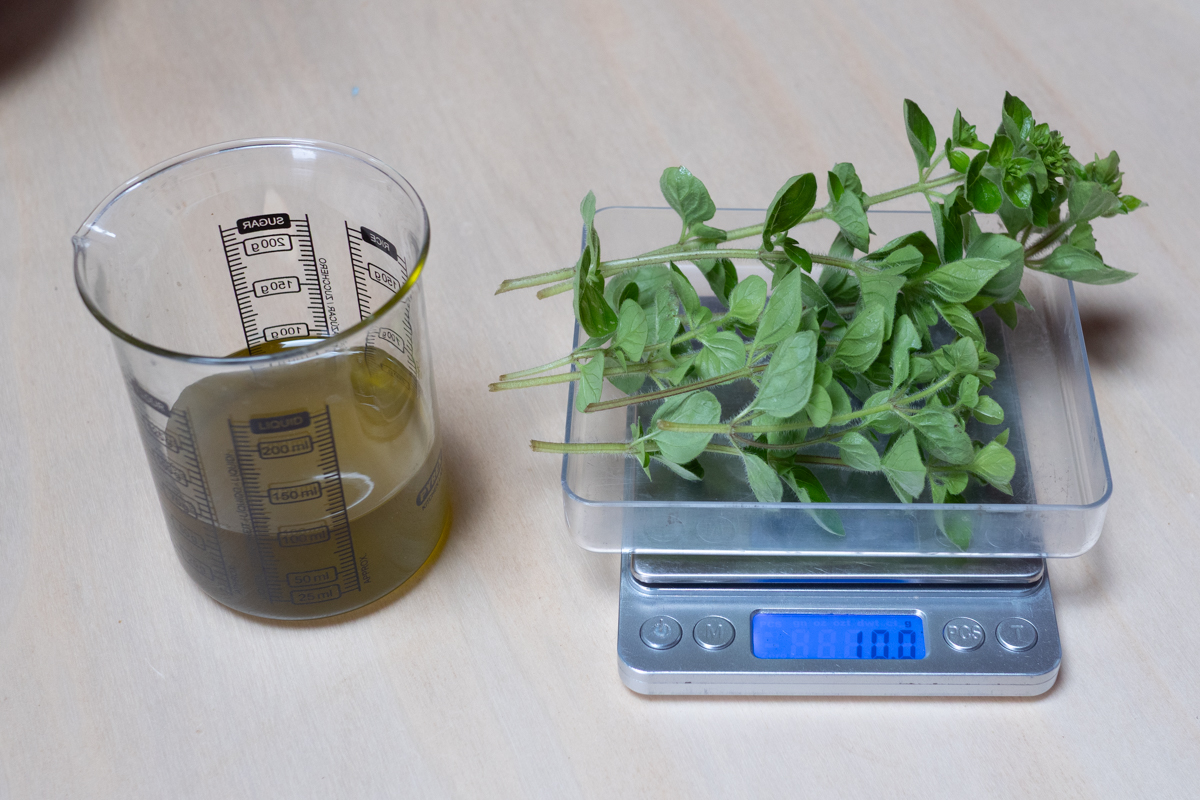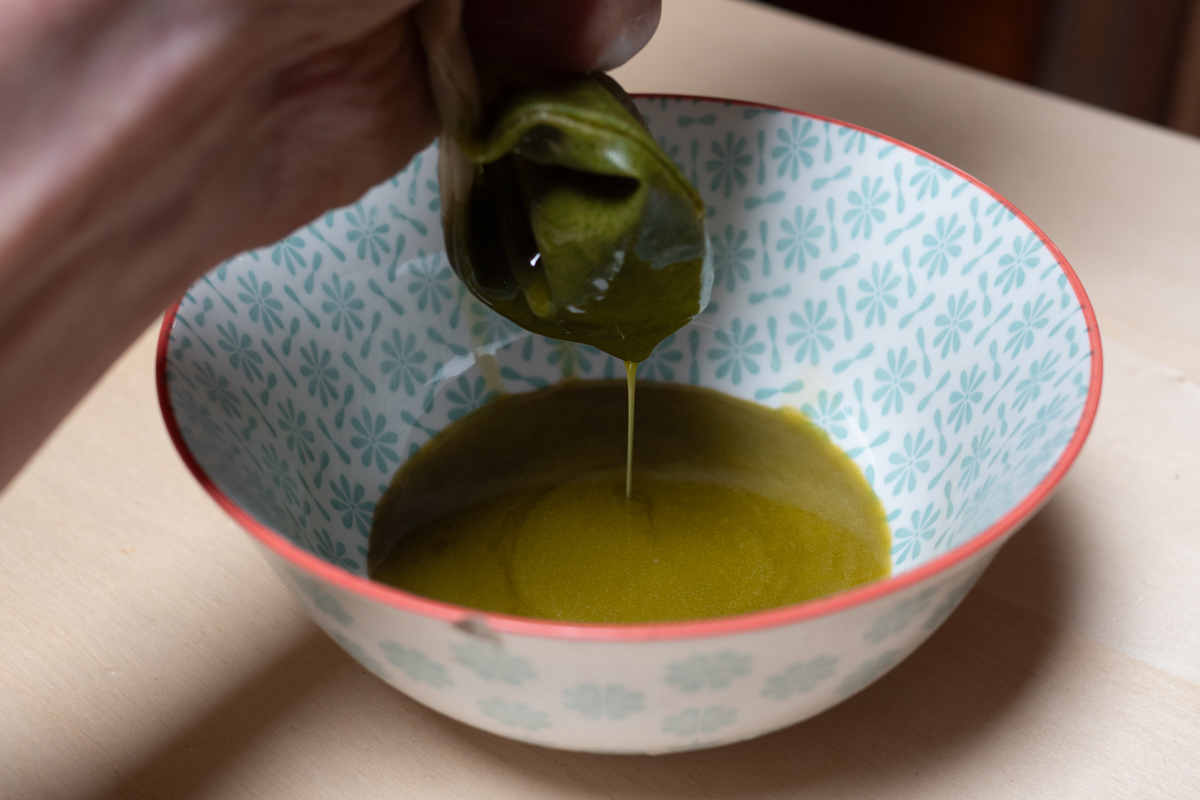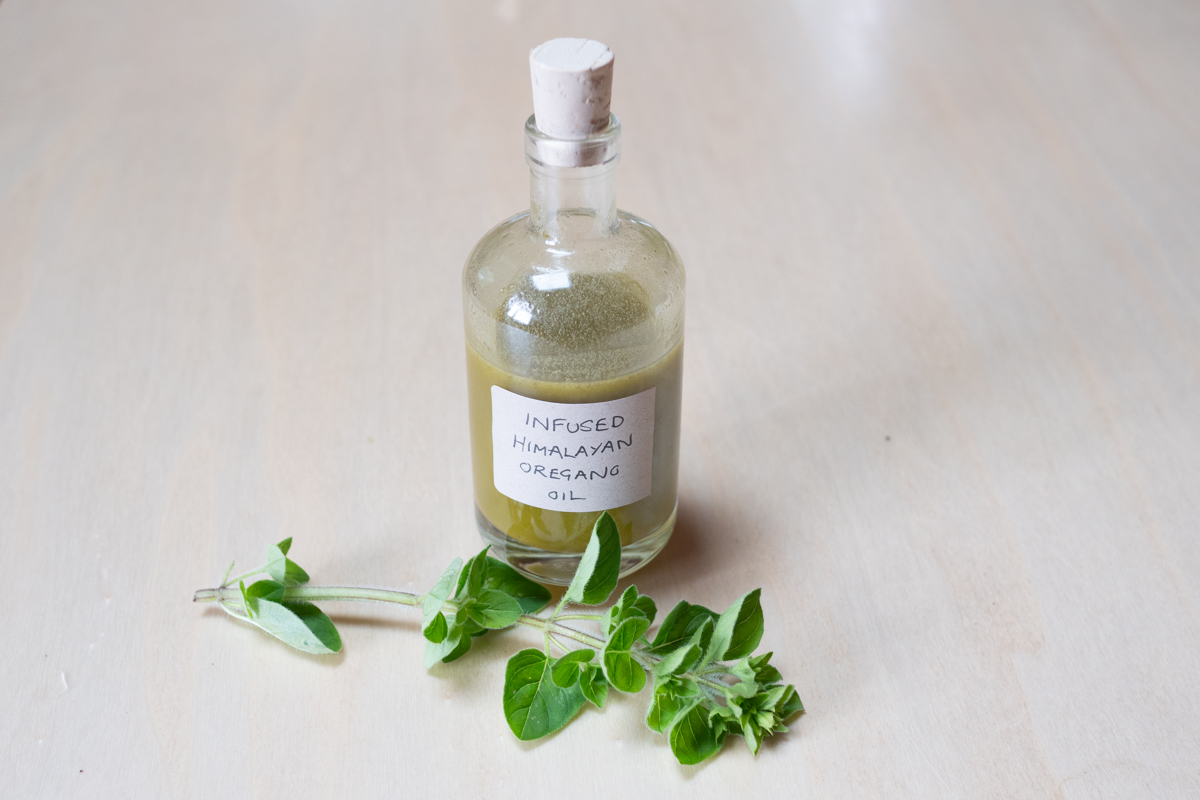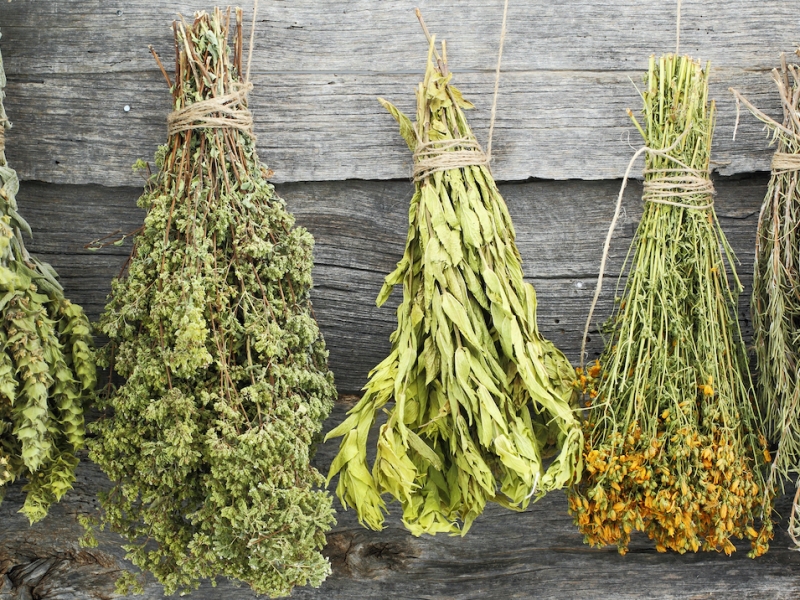How to Make Infused Culinary Oils
What are infused culinary oils?
Infused culinary oils are a wonderful way to preserve and enhance the flavours of fresh or dried herbs, spices, and aromatics for use in the kitchen. By steeping these ingredients in a carrier oil such as olive, sunflower, or avocado, or by blending fresh herbs directly into the oil, you can create infusions that are both delicious and rich in beneficial properties.
In this guide, we’ll explore several methods for making infused culinary oils. The best approach for you will depend on whether you’re using fresh or dried herbs, how much time you have, and how long you’d like the oil to keep. Each option is explained in detail below to help you choose the method that suits your needs best.
If you’re interested in infused oils, you might also like our blog on making infused massage oils, which focuses more on oils intended for topical use, nourishing the skin, soothing muscles, and supporting relaxation or herbal remedies. Infused massage oils are also the starting point for making herbal salves and herbal creams.
What are infused culinary oils used for?
Some popular uses of infused oils include:
- For cooking: Use them for sautéing, frying, or roasting.
- As a salad dressing: Add your usual ingredients for a herbal dressing.
- As a condiment: Drizzle over salads, soups, and roasted vegetables.
- For dipping: Pair with fresh bread for a simple appetiser.
- As a finishing touch: Elevate pastas, pizzas, or grilled meats with a flavourful drizzle.
Which herbs can I use for infused culinary oils?
Some of our favourite herbs that can be made into infused culinary oils include:
- Basil: Sweet and peppery, great for Italian dishes.
- Bee balm: Intense and spicy, packed with antimicrobial compounds.
- Daffodil Garlic: Not to be confused with daffodil, adds a sweet, mellow garlic flavour.
- Fennel: Anise-like and fresh, complements seafood and salads.
- Lovage: Earthy and celery-like, ideal for soups and stews.
- Oregano & Himalayan oregano: Herbal and robust, wonderful for Mediterranean flavours.
- Sage: Warm and earthy, pairs well with root vegetables and poultry.
- Thyme: Herbal and delicate, perfect for roasted meats and vegetables.
Click on the herbs below to view options to buy seeds and plants:
-
Basil, Genovese
£2.50 Inc VAT -
Lemon Balm
£2.75 Inc VAT -
Lovage
Price range: £2.50 through £9.00 Inc VAT -
Oregano
£2.50 Inc VAT -
Sage, Garden
£2.50 Inc VAT -
Thyme, Common
£2.50 Inc VAT
How do I make an infused culinary oil?
There are several ways to make an infused culinary oil, but we recommend the two methods below. The best method for you will depend on whether you’re using fresh or dried herbs, how quickly you need the oil, the quantity you want to make, and how long you plan to store it.
Room-Temperature Infusion for Dry Herbs (1-2 weeks)
- Method: Combine dry herbs and oil in a clean, sterilised jar. A ratio of 1 part dried herbs by weight to 5 parts oil by volume is a good starting point (e.g. 20g dried herb to 100ml oil) but this may vary from herb to herb depending on the strength of its flavour. Seal and let sit in a cool, dark place for 1-2 weeks, shaking occasionally. Strain and store in a cool, dark place for 2-3 months.
- Pros: Due to low moisture content, this is the best way to create a safe and longer lasting oil, meaning you can make it in larger batches. Perfect for use in the winter or for gifts.
- Cons: This method takes longer and requires more planning.
Blender Method for Fresh Herbs (instant)
- Method: Blend fresh herbs with oil until smooth. Strain through a fine sieve or cheesecloth to remove solids, then store in the fridge. You may wish to blanch the herbs before blending – see below for details. As a general rule of thumb, a ratio of 10g fresh herb to 100ml oil works well.
- Pros: Very quick and easy to make. Produces intensely flavoured and vibrantly coloured oils.
- Cons: Due to the higher moisture content, oils made in this way have a short shelf-life and should be consumed within a few days. This method should only be used for small batches for immediate consumption.
There are other methods, which involve heating fresh herbs in oil to evaporate excess moisture, but if done incorrectly this can degrade certain compounds, alter the flavour, and may not effectively prolong shelf-life, which is why we recommend the two simple methods above.
To blanch or not to blanch?
When using fresh herbs, it can be beneficial to blanch them before mixing with oil. This is done by briefly adding them into freshly boiled water for just 10 seconds and then plunging them into ice water. This kills off surface bacteria and helps retain the vibrant green colour of herbs such as basil by deactivating certain enzymes that cause discolouration. It also reduces bitterness of some herbs. The disadvantage of blanching is that it adds extra moisture, which you will need to dry off as best as you can before mixing with the oil (see below for more details on moisture).
Moisture concerns and safety
Fresh herbs contain water, and excess moisture in culinary oil can promote bacterial growth, including Clostridium botulinum, which causes botulism, posing serious health risks and leading to spoilage if not handled and stored correctly. To reduce moisture, thoroughly dry fresh herbs after washing or blanching, or opt for using dried herbs to create a safer, longer-lasting infusion.
Recipe: Fresh Oregano Infused Oil (blender method)
Prep Time
20 mins
Difficulty
Easy
Infusion Time
5 mins
Ingredients
- 10g fresh oregano leaves and stalks. Use Himalayan Oregano for extra spice and punch.
- 100ml olive oil
- Adjust quantities as per your requirement, bearing in mind that the oil should be consumed within 2-3 days.
Equipment
- Blender
- Clean, sterilised jar
- Fine sieve or cheesecloth
- (optional for blanching) Small saucepan and bowl of ice water
Method
- (Optional): Blanch the oregano in boiling water for 10 seconds, then plunge into ice water. Remove herbs and pat completely dry with a clean towel.
- Blend the herbs with the olive oil until smooth.
- Strain the oil through a sieve or cheesecloth into the sterilised jar, discarding the solids.
- Store in the fridge and use within 2-3 days. Discard sooner if there are any signs of spoilage, such as off-smells or cloudiness.













